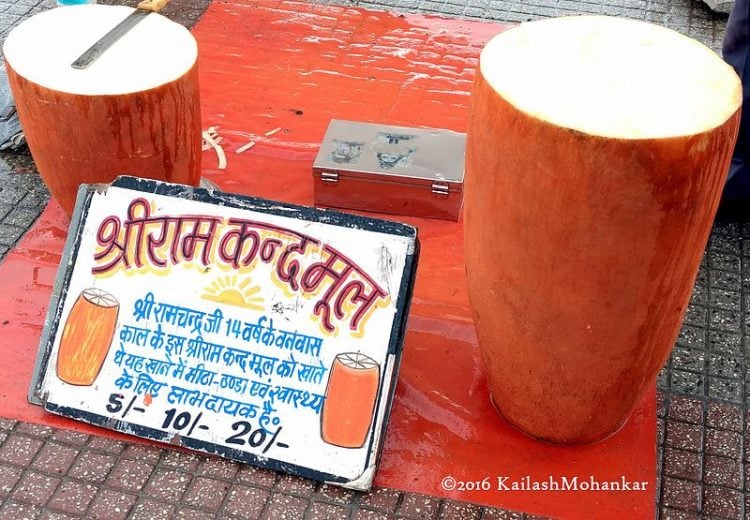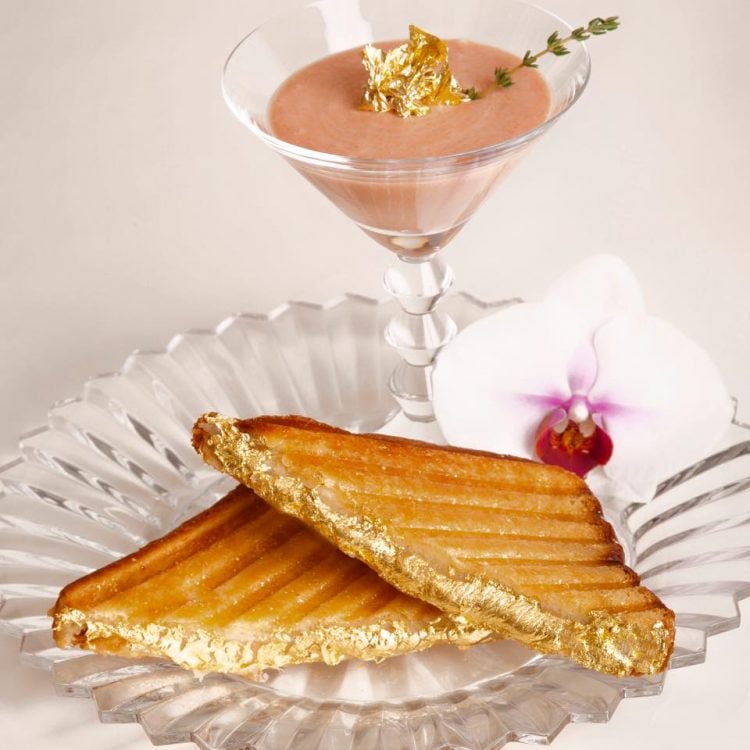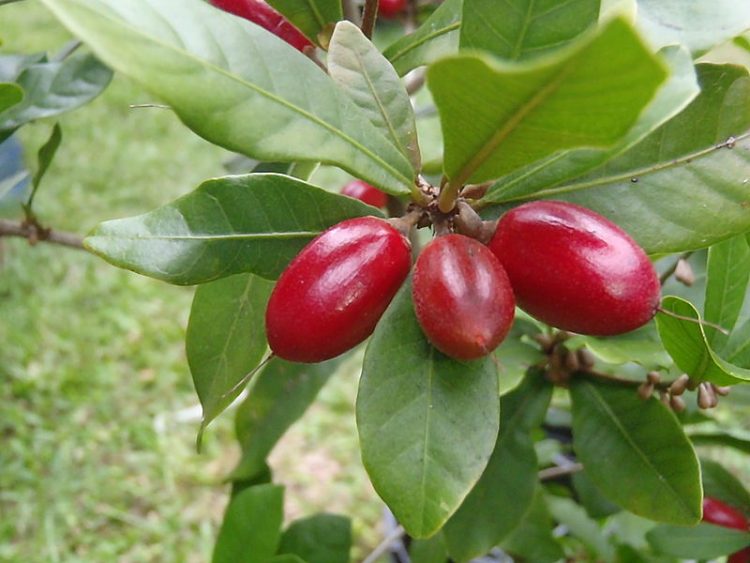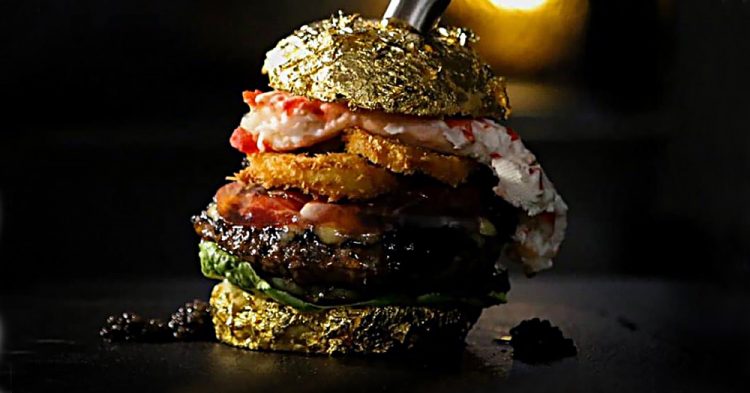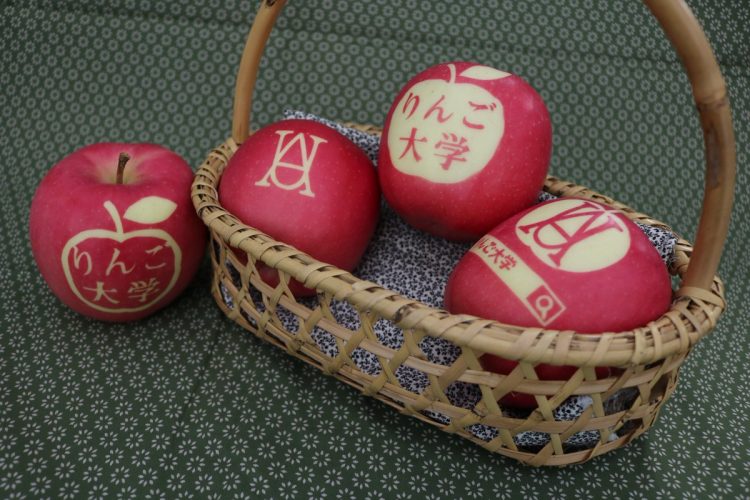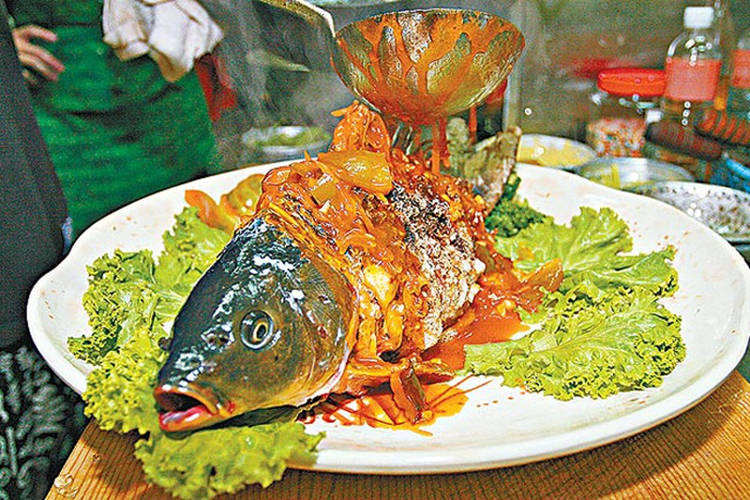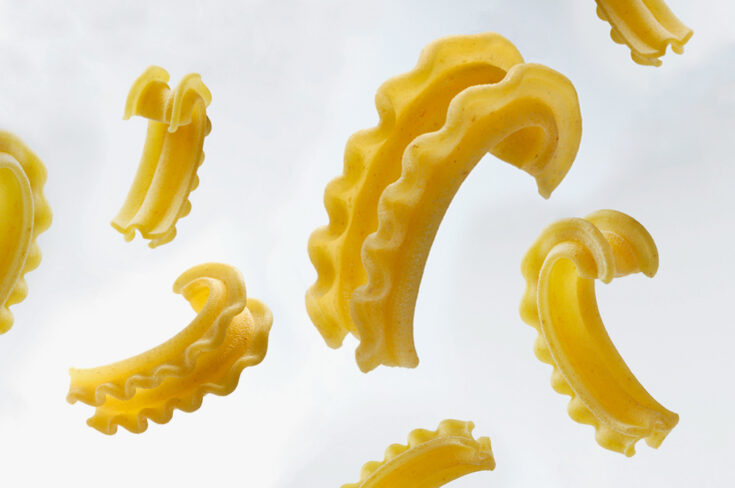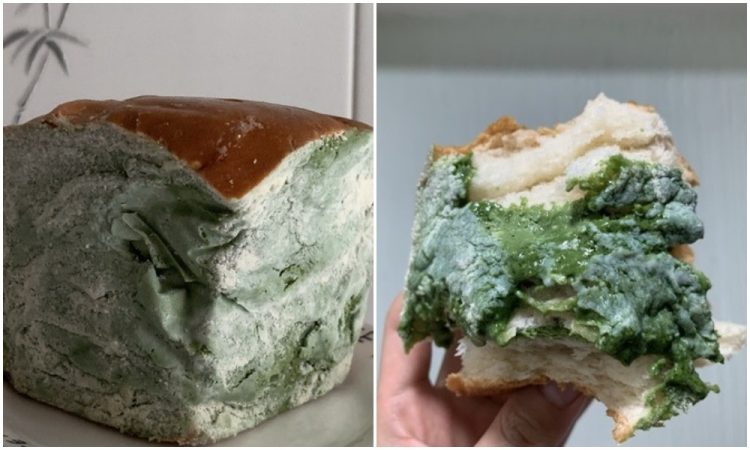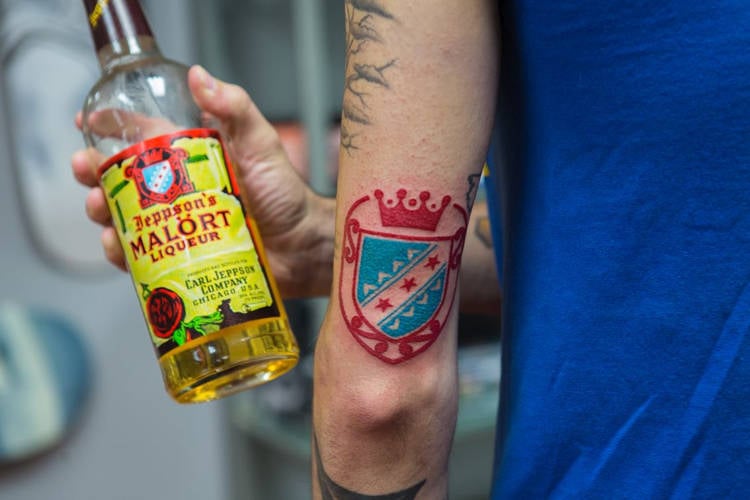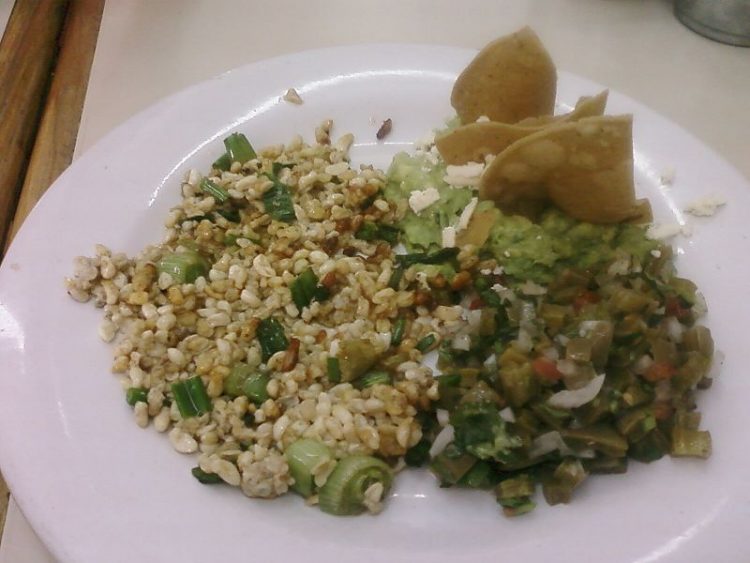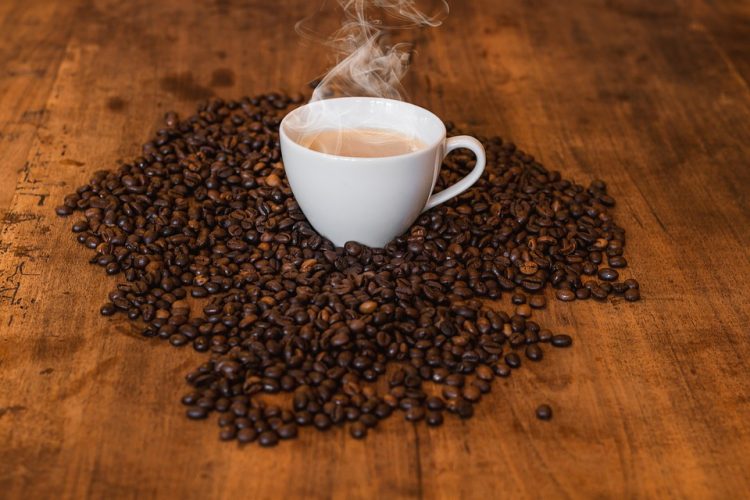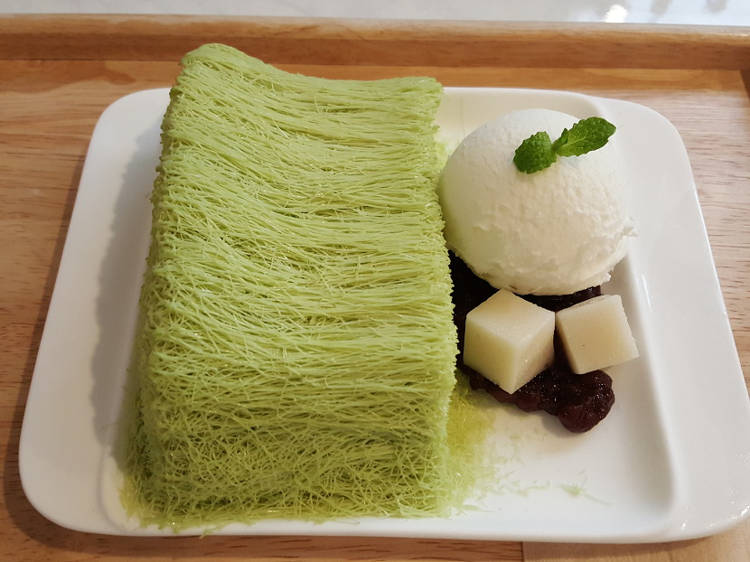Ram Kand Mool, a drum-shaped tuber that has been sold as a hearty snack on Indian street corners for at least several decades remains a mystery to scientists, as no one can figure out what plant produces it.
Indian botanists developed an interest in ram kand mool in the 1980s, after trying and failing to find out the origins of the almost paper-thin snacks cut out of giant reddish tubers by street vendors. None of them were willing to reveal the plant that produced it, and those that did gave conflicting answers. Some claimed that it was a root, others that it was the stem of a plant, but most either refused to answer or claimed that they bought the tubers from third parties and genuinely didn’t know the source. Stranger still was the fact that not even science could provide a clear answer to the botanists’ questions.
Ram kand mool is often advertised as the only food source of Lord Ram when he was exiled to forests along with his wife Sita and brother Lakshman, and vendors claim it can cool you down during the summer, quench both hunger and thirst, and provide all sorts of medicinal relief. It is served with all sorts of seasonings, from chili and salt, to lime and sugar. It’s cut and served as very thin slices out of tubers that can reportedly weigh up to 300 kilograms.

